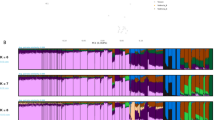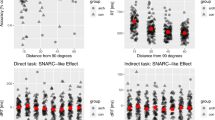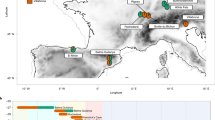Abstract
YOUR interesting paragraph in NATURE of September 26 on the local Flemish giants carried annually in procession omitted the parallel most suggestive to English readers: Gog and Magog, cousins German of Gayant and Phinar, used also to figure annually in the Lord Mayor's Show, as is noted in Chambers's Encyclopædia. According to tradition “the Guildhall giants are images of the last two survivors of a race of giants who in. habited Albion, descendants of wicked demons and the thirty-three infamous daughters of the Emperor Diocletian, who, after murdering all their husbands, sailed to Albion. These giants Brute and his Trojans finally overcame, leading the last two survivors prisoners to London, where they were kept as porters at the palace-gate. This is Caxton's account; another represents one of the giants as Gogmagog, and the other as a British giant who killed him, named Corineus. These giants have stood in London since the days of Henry V., and have witnessed all its history since. The old giants were burned in the great fire, and the new ones, which are 14 feet high, were constructed in 1708. The ancient effigies, which were made of wicker-work and pasteboard, were carried through the streets in the Lord Mayor's Shows, and copies of the present giants were in the show of 1837. Formerly other towns in England and abroad had their giants, as the Antigonus of Antwerp, 40 feet in height, and Gayant, the giant of Douay, 22 feet in height.”
Similar content being viewed by others
Article PDF
Author information
Authors and Affiliations
Rights and permissions
About this article
Cite this article
P., D. Gog and Magog. Nature 64, 577 (1901). https://doi.org/10.1038/064577b0
Issue date:
DOI: https://doi.org/10.1038/064577b0



